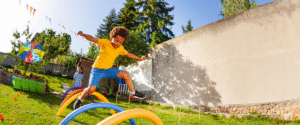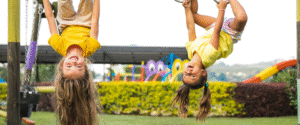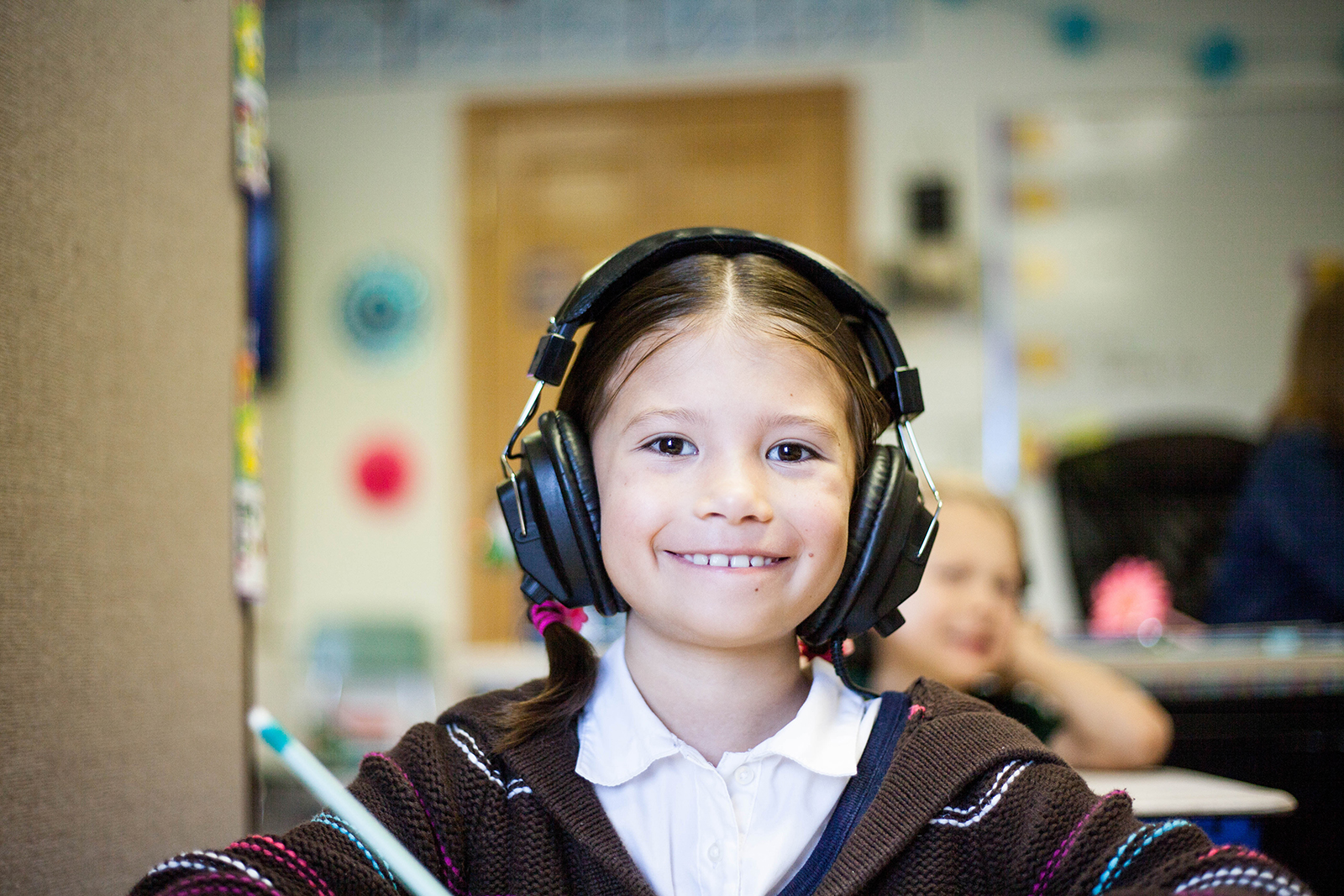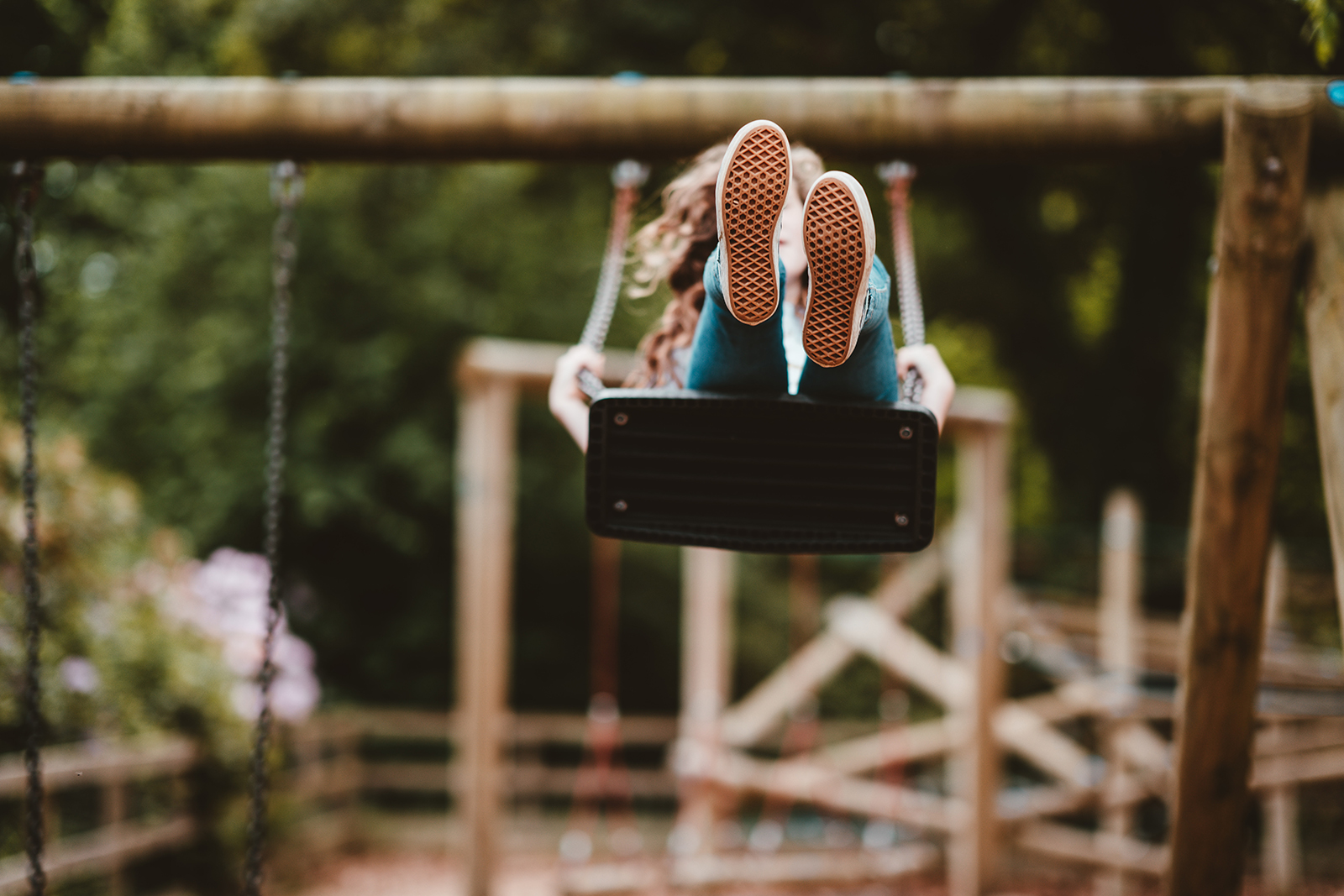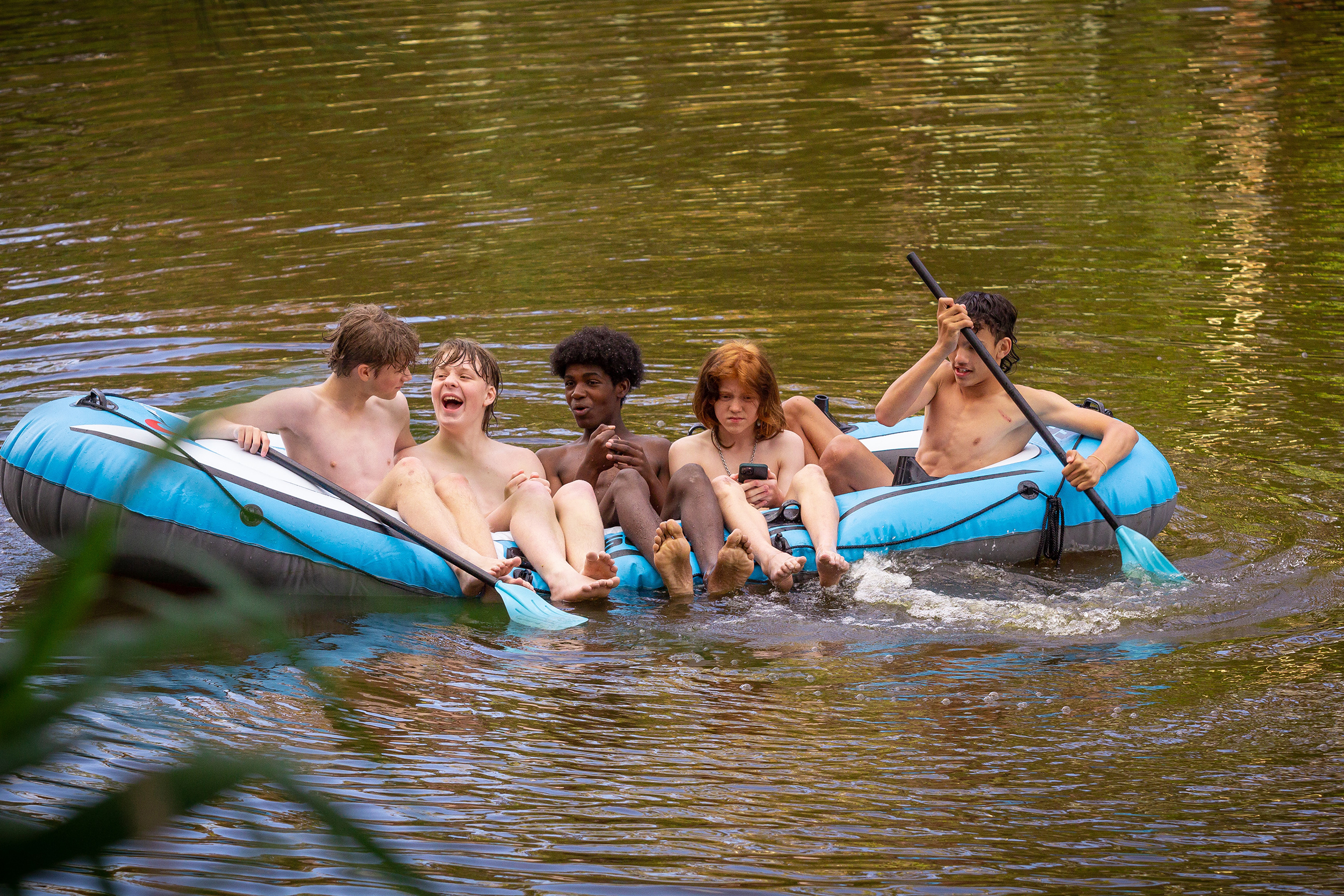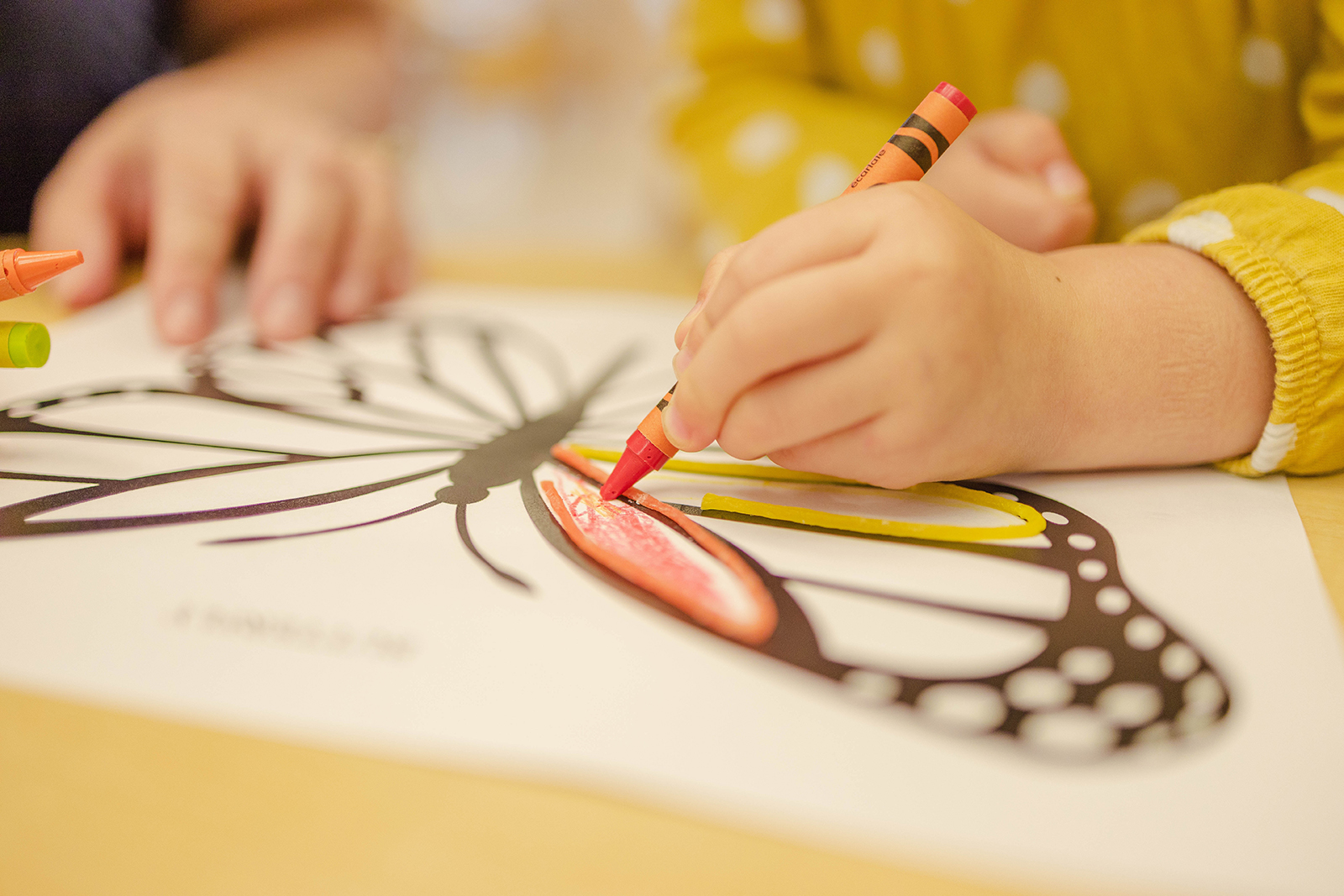
TRANSITIONS FOR KINDERGARTEN
Transitions can be an exciting and nerve-racking time. Transitioning to Kindergarten being one of those times in our life. It is the moment where you are finishing an era in preschool and being home more with your family, to starting your 12 years of learning at school. It’s the start of one your biggest transitions.
We at Explore and Soar, have you.
We hear you in the excitement as well as the nerves. We understand the range of emotions we all have with the closing and saying goodbye to a fun stage in our lives and opening the door to the next. We know exactly what to look out for and how to assist during these times.
As OTs for our children, we look at all areas of development, such as sensory motor, emotional and social, attention/concentration, fine motor, gross motor, self-care, routines, motor planning, problem solving and play skills. We dive deep into all these areas, identify strengths, areas to work on and provide a range of strategies to support their development in preparation for the coming year.
Some strategies for our children are:
Obstacle Courses: Inside and outside (weather and time dependent), being able to crawl, climb in, over, under, through all different items within the family home or backyard that brings about a fun playful adventure. Sometimes we play “pirates finding the treasure”, dinosaurs or “hidden treasures in the garden” – the world is your creation in play!
Arts & Craft: Christmas is such a fun time for all the craft ideas that our children are motivated to engage in. It’s great for using all different craft utensils and ways to make anything, from ripping paper, scrunching and gluing it on a Santa hat, cutting out a Christmas tree, painting (inside or outside), using a water bottle and paper towel to clean up wet chalk drawing on doors or chalk on the pavement. If you want to share your creations, we would love to see them all!
Eating & Drinking: With all the end of year social events and New Year, practicing drinking from our school drink bottle, to open it, close it and refill it is vital. So is eating different snacks and food. When going out to all events over the break, take your school lunch box and package foods like you would they were attending school. Practice eating from this packaging to ensure they can open it. Who doesn’t love to eat??
If you’d like some ideas, our team have developed a Transition to School resource for you to reference and support you for some fun activities.
As OT’s for our parents, we look at how to best support you in this transition to provide the best for your children, this can come in many different ways and is not limited by any means. Some ways that we support is through parent coaching and education, presenting transition to school talks at our local communities schools as well as providing online education transition to school seminars with a Speech Pathologist.
Some strategies for our parents are:
Self-regulation & Awareness: Being aware of your own emotions and ability to regulate them. It’s ok to feel nervous, uncertain and overwhelmed, but being able to individually work through these yourself will further support your child transition. What emotions you are feeling subconsciously, your child will be able to feel them too.
Ask Questions: It is ok to ask questions! Talk to your teachers, chat with allied health professionals (OTs and speech pathologists) if you have any questions about development and/or being ready to transition to school. We can help, support and give guidance for where you need it.
Attend our FREE online School Readiness talk with ASPIRE Speech Pathology.
Our Director Jess Rodgers and ASPIRE’s Director Andrea Cooper, team up each year to present all the must knows around Speech, Language & Overall Development as our children transition into Kindergarten. The online FREE event occurs at 7pm – 8pm Thursday 3rd November. Please join us as we love answering all your questions and sharing our knowledge with you all.
Lastly but most importantly. Follow your gut! Our gut instincts are there for a reason, if you have any uncertainties or questions, my advice is also trust your gut and go with it. The uncertain feeling is there for a reason.
School transitions are big, we want to ensure you are well prepared and have plenty of opportunities to reach out. If you would like more information each November, we write different pieces around school readiness.
We hope these last few months of the year are exciting, fun and playful. We are looking forward to sharing with you our last blog of the year next month and begin sharing with you all, all the changes and transitions, Explore and Soar have been going through too.
Until next time,
Jess
P.S. Last year Georgia wrote a lot of helpful tips about school readiness. Read here.
ORIGINALLY PUBLISHED NOVEMBER 1, 2022

